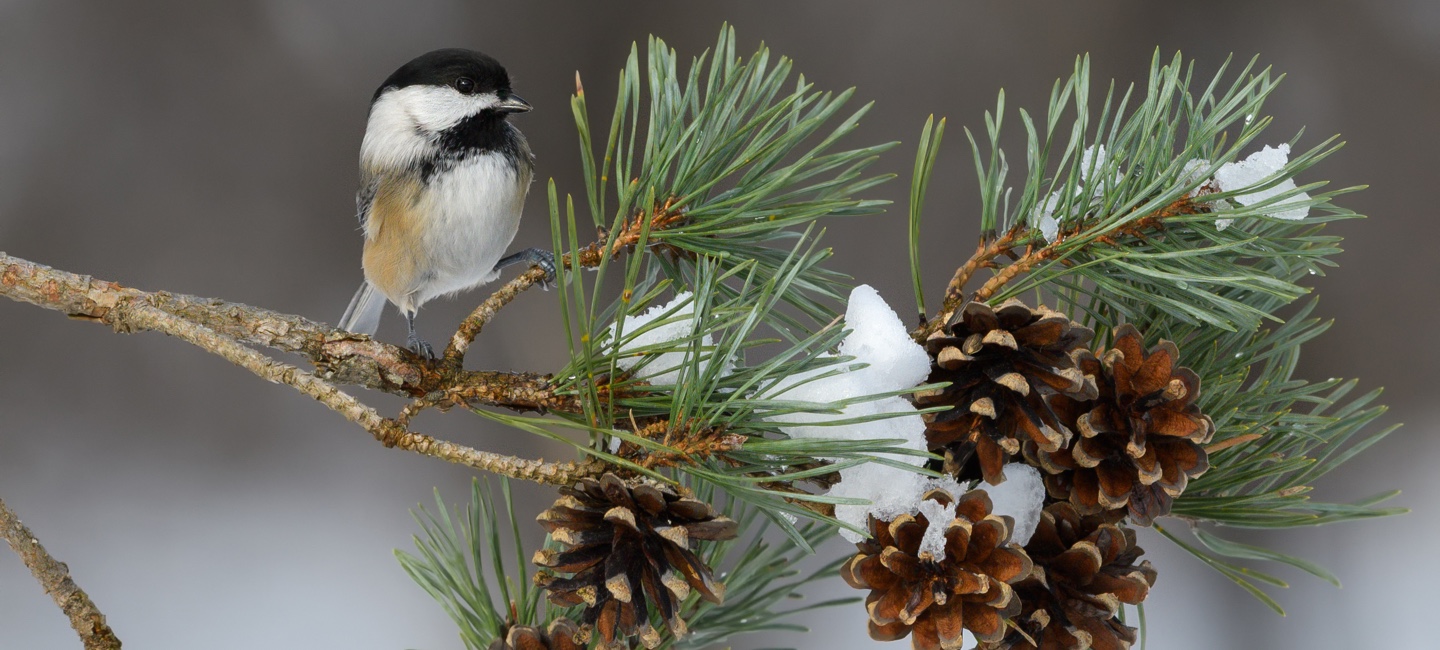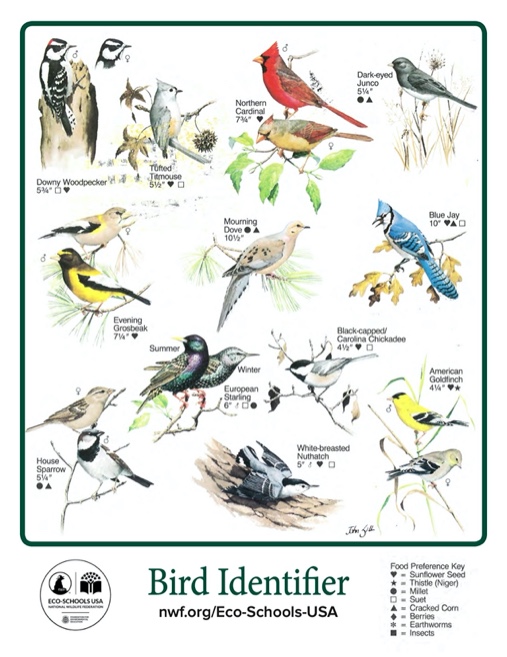Head outside in your own yard, balcony, neighborhood, or nearby park and look for birds.
Let’s Get Started
Amazing!
Amazing!
SEARCH:
Go outside and look around. You should find birds almost anywhere.
Fantastic!
Fantastic!
COUNT:
How many birds do you see? How many different sizes, colors and shapes do you see?
Wonderful!
Wonderful!
LOCATE:
Where are you finding birds? Look up in the sky, in the trees, and on wires overhead, near water, in shrubs, and on the ground.
Wonderful!
Wonderful!
IDENTIFY:
If you know what kind of bird it is, great, write its name down on your list. When you spot a bird and don’t know what kind of bird it is, watch it carefully. Make notes about its size, shape, color, where you find it, and what it is doing. This will help you identify what type of bird it is, such as chickadee, owl, duck, hummingbird, etc…
Fantastic!
Fantastic!
LISTEN:
Be quiet. Birds have a great sense of hearing. So you don’t want to scare them away. You will hear birds singing, calling, and chirping. You can identify birds just by the sounds they make.
Document Your Discoveries
- It’s important to learn animals’ real names, but made-up names can be a fun way to get to know wildlife, too. When you spot a bird and don’t know what kind of bird it is, watch it carefully. Write or draw what it looks like, where you find, and what it is doing. Use its looks and behavior to invent a name for it.
- When you get home see if you can search online or use a field guide to find out what kind of bird you saw.
- Once you know what kind you saw, start your Bird Life List in your Nature Notebook. This is a list of all of the different types of birds you identify and where you find them.



